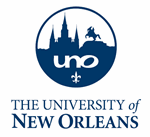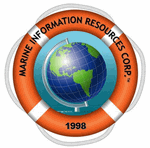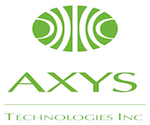| 2011 | ||
| Thursday, November 17th | ||
|---|---|---|
| 11:15 AM |
Session 2 Presentation: WAVEWATCH III: Transition to Naval Operations James Dykes, Naval Research Laboratory, Stennis Space Center 11:15 AM - 11:45 AM |
|
| 11:50 AM |
Clayton E. Hiles, Triton Consultants Ltd. 11:50 AM - 12:20 PM |
|
| 11:50 AM |
WAVEWATCH III: Transition to Naval Operations (Session Paper) James D. Dykes, Naval Research Laboratory, Stennis Space Center 11:50 AM - 12:20 PM |
|
| 12:20 PM |
A model for wave energy assessment on the West Coast of Vancouver Island (Extended Abstract) Clayton Hiles, Triton Consultants Ltd 12:20 PM - 12:25 PM |
|
| 12:25 PM |
Robert G. Williams, Marine Information Resources Corporation 12:25 PM - 12:30 PM |
|
Operational wave modeling frameworks include various numerical and physical approaches such as data assimilation. The mechanisms for data assimilation to improve wave forecasting are still an area of basic research, especially since wave buoy observations are sparse. This session discussed new wave models and modeling suites that are presently being used to forecast ocean waves and to support technologies such as wave gliders and autonomous underwater vehicles (AUVs). Participants describe how wave models assimilate measurements from wave buoys and procedures used to make consistent use of ocean observations and models. The following presentation, paper, and extended abstracts relate to the use of wave models to support optimal ship tracking, glider operations, marine spill response, and numerous other applications.



